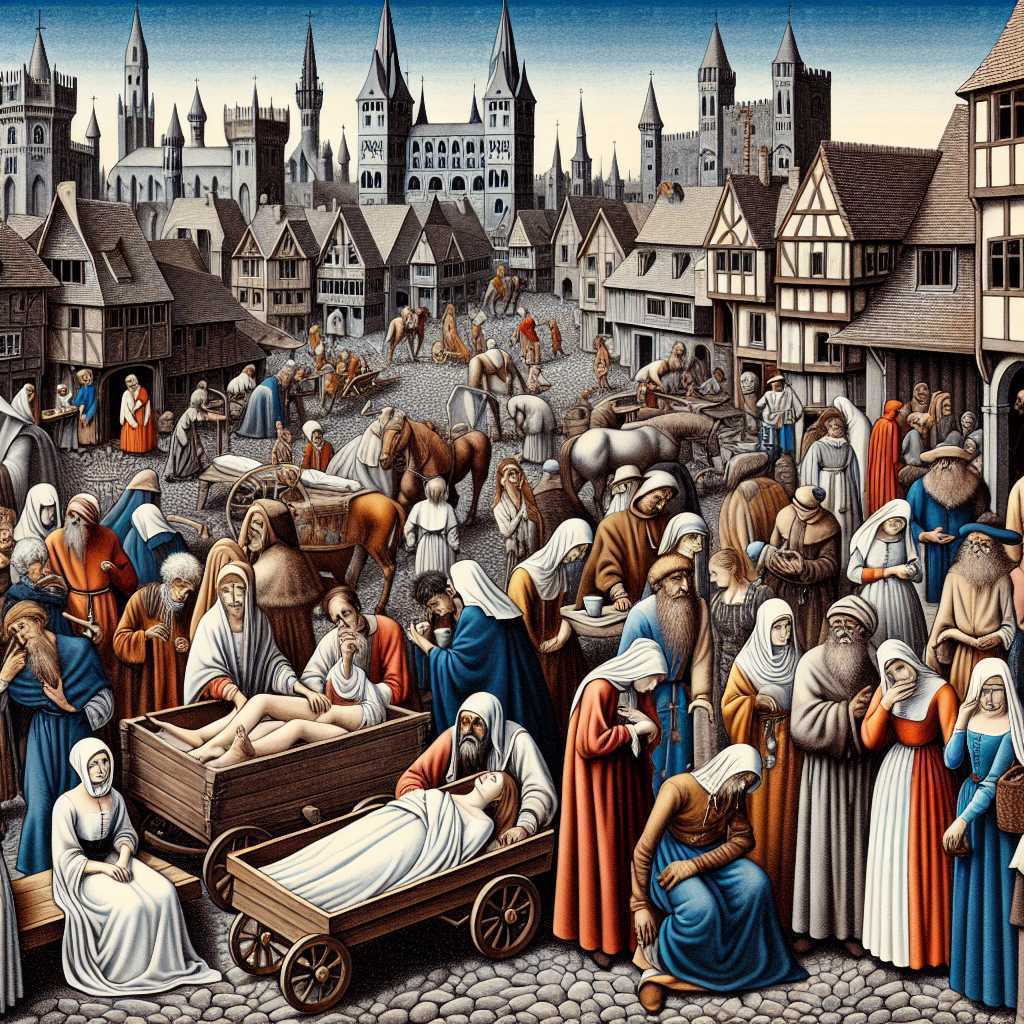Understanding Bubonic Plague: Its History, Symptoms, and Modern Context
========================================================================
The bubonic plague, infamously known as the Black Death in the Middle Ages, is a historically and medically significant disease caused by the bacterium Yersinia pestis. This contagious disease has been responsible for several devastating pandemics throughout history and remains a relevant health concern today.
Historical Impact of Bubonic Plague
The history of the bubonic plague is marked with several deadly pandemics, the most notable being the Black Death which swept through Europe in the 14th century. This epidemic killed an estimated 25 million people — about one-third of the continent’s population at the time. This high mortality rate significantly impacted European societies, destabilizing economies and family structures, spurring persecutions of minorities falsely blamed for the pandemic, and leading to widespread psychological trauma.
The Pathology and Transmission of Bubonic Plague
Bubonic plague primarily affects rodents but can be transmitted to humans through fleas that have bitten infected animals, typically rats. The bacteria localize in the lymph nodes closest to the site of the flea bite and cause them to become inflamed, tender, and swollen. These painful nodules are called buboes, from which the disease derives its name.
Human-to-human transmission can occur through airborne droplets when handling materials contaminated with infected body fluids or skin contact with someone who has a plague infection in the lungs (pneumonic plague). However, direct person-to-person spread of bubonic plague is rare.
Symptoms and Diagnosis
Once infected, individuals start showing symptoms after an incubation period that usually lasts from one to seven days. Common symptoms of bubonic plague include sudden onset of fever, chills, headache, muscle aches, weakness, seizures, and painful lymph nodes (buboes).
Diagnosis mainly depends on identifying Yersinia pestis in samples collected from swollen lymph nodes, blood, or sputum. Due to its rarity, bubonic plague can initially be misdiagnosed since its symptoms resemble those of more common diseases.
Treatment and Prevention Measures
Bubonic plague can be lethal if not treated promptly with antibiotics. The most effective means are aminoglycosides such as streptomycin and gentamicin, fluoroquinolones like ciprofloxacin, and tetracyclines such as doxycycline.
Preventive measures include reducing rodent habitats around homes, stores, or workspaces; wearing gloves when handling sick or dead animals; using insect repellent to avoid flea bites; and properly disposing of carcasses. In areas where bubonic plague is endemic, these measures are essential for public health.
In some regions vaccines are available for plague protection but are generally recommended only for those at high risk, including certain lab workers or individuals living in areas where plague is potentially common.
Current Relevance and Surveillance
While it may seem an archaic illness relegated to medieval history books, the bubonic plague still poses a concern in some parts of the world. The World Health Organization reports occurrences in Africa, Asia, and the Americas where cases develop sporadically or in small clusters. Ongoing surveillance by global health institutions is crucial to detect and contain outbreaks quickly to prevent spread.
It’s also studied as a potential biological weapon which requires political will and international cooperation to regulate research and proliferation under strict biosecurity guidelines.
Notes
Image Description: A historical painting depicting a European city during the 14th century with people wearing mournful expressions amid an outbreak of the Black Death; some individuals are seen tending to sick family members while others transport the deceased on carts.
